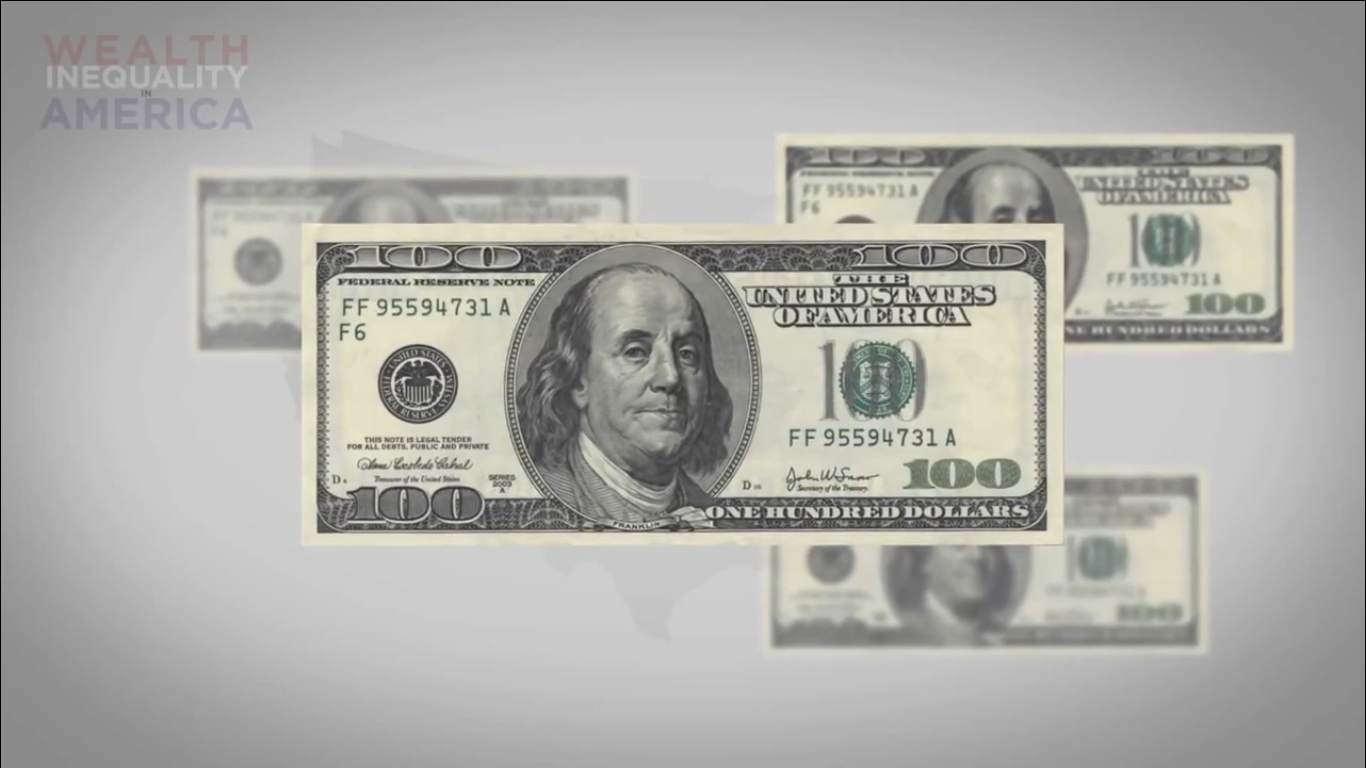[cs_section id=”” class=” ” style=”margin: 0px; padding: 45px 0px; ” visibility=”” parallax=”false”][cs_row id=”” class=” ” style=”margin: 0px auto; padding: 0px; ” visibility=”” inner_container=”true” marginless_columns=”false” bg_color=””][cs_column id=”” class=”” style=”padding: 0px; ” bg_color=”” fade=”false” fade_animation=”in” fade_animation_offset=”45px” fade_duration=”750″ type=”1/1″][x_custom_headline level=”h2″ looks_like=”h3″ accent=”false”]Banks do create credit from nothing but they need to get the money back again to balance their books.[/x_custom_headline][/cs_column][/cs_row][/cs_section][cs_section id=”” class=” ” style=”margin: 0px; padding: 45px 0px; ” visibility=”” parallax=”false”][cs_row id=”” class=” ” style=”margin: 0px auto; padding: 0px; ” visibility=”” inner_container=”true” marginless_columns=”false” bg_color=””][cs_column id=”” class=”” style=”padding: 0px; ” bg_color=”” fade=”false” fade_animation=”in” fade_animation_offset=”45px” fade_duration=”750″ type=”1/1″][x_columnize]I’ve had to have a bit of a rethink on the debate about banks creating money from thin air. The Bank of England has published a report suggesting such.
First I want to back track a bit. Many of those spruiking that banks were creating money from thin air suggested that only one side of their balance sheet received an entry. Their argument is the when a bank lends you money they create an asset – a loan to you. This money enters the system and as you pay down the debt the money created disappears. This is just not standard (double entry) accounting practice.
Banks do balance off their accounts with a deposit to your account or borrowing more money from other banks, or people. They must attract a deposit to balance off their books or they must use their reserves. However the other bank can create a loan – an asset to the other bank – to the bank that has lent you the money. They essentially swap IOU’s and this does increase the base money supply and is essentially creating money from nothing.
The velocity of money and the blurring effect it can have on calculating base money is a factor. In the increase in base money over the past 10 years But there can also be brief periods where lending massively outstrips loan repayments and deposits and this would increase the money supply. Although this effect should unravel.
The affect of default – which decrease that money created – and debt repayments from savings decrease money creation. The velocity of money can compensate for this but generally during conservative times people pay down debt while decreasing economic activity – spending. So both the money expansion ceases and the velocity slows.
[/x_columnize][/cs_column][/cs_row][/cs_section][cs_section id=”” class=” ” style=”margin: 0px; padding: 45px 0px; ” visibility=”” parallax=”false”][cs_row id=”” class=” ” style=”margin: 0px auto; padding: 0px; ” visibility=”” inner_container=”true” marginless_columns=”false” bg_color=””][cs_column id=”” class=”” style=”padding: 0px; ” bg_color=”” fade=”false” fade_animation=”in” fade_animation_offset=”45px” fade_duration=”750″ type=”1/1″][x_raw_content][GARD][/x_raw_content][/cs_column][/cs_row][/cs_section][cs_section id=”” class=” ” style=”margin: 0px; padding: 45px 0px; ” visibility=”” parallax=”false”][cs_row id=”” class=” ” style=”margin: 0px auto; padding: 0px; ” visibility=”” inner_container=”true” marginless_columns=”false” bg_color=””][cs_column id=”” class=”” style=”padding: 0px; ” bg_color=”” fade=”false” fade_animation=”in” fade_animation_offset=”45px” fade_duration=”750″ type=”1/1″][cs_text id=”” class=”” style=”” text_align=””]The amount of money gambled in financial capital, forex and derivative markets in Australia. ($1,000AUD)[/cs_text][x_image type=”none” src=”http://www.jesaurai.net/wp-content/uploads/2016/03/Financial-trade-in-Australia-AFMA.jpg” alt=”” link=”false” href=”#” title=”” target=”” info=”none” info_place=”top” info_trigger=”hover” info_content=””][/cs_column][/cs_row][/cs_section][cs_section id=”” class=” ” style=”margin: 0px; padding: 45px 0px; ” visibility=”” parallax=”false”][cs_row id=”” class=” ” style=”margin: 0px auto; padding: 0px; ” visibility=”” inner_container=”true” marginless_columns=”false” bg_color=””][cs_column id=”” class=”” style=”padding: 0px; ” bg_color=”” fade=”false” fade_animation=”in” fade_animation_offset=”45px” fade_duration=”750″ type=”1/1″][x_columnize]So why did Lehman Brothers go broke. In theory no bank should ever go. There should always be a corresponding deposit a lending bank can get its hands on from a new loan or a willing bank to lend it money in the interim. Basically it was fear of us. If we use all our borrowings to pay down debt we can decrease the money supply leaving one bank short, or in a high risk position. The other banks cut off the supply of loans to them and they fail. The debt system unravels backwards and those who lent the most die. Cash can also cause problems because as people hold cash they decrease the banking supply of money. By the same token a decrease in money velocity can have a similar effect, if the money created ceases to flow between banks because we slow spending this can leave a bank very unbalanced and nipping into its reserves or worse depleting them altogether. This scares the whole system and banks cease to lend to each other.
Of course if they just continued to give each other credit in theory the system couldn’t crash.
Again “in theory” this should create inflation and higher interest rates thus correcting the boom. But this only occurs if the increase in money supply actually filters through to the real economy. Much of it stays in the capital and derivative markets.
David J Campbell
[/x_columnize][/cs_column][/cs_row][/cs_section][cs_section id=”” class=” ” style=”margin: 0px; padding: 45px 0px; ” visibility=”” parallax=”false”][cs_row id=”” class=” ” style=”margin: 0px auto; padding: 0px; ” visibility=”” inner_container=”true” marginless_columns=”false” bg_color=””][cs_column id=”” class=”” style=”padding: 0px; ” bg_color=”” fade=”false” fade_animation=”in” fade_animation_offset=”45px” fade_duration=”750″ type=”1/1″][x_share title=”Share this Post” share_title=”” facebook=”false” twitter=”false” google_plus=”false” linkedin=”false” pinterest=”false” reddit=”false” email=”false” email_subject=”Hey, thought you might enjoy this! Check it out when you have a chance:”][/cs_column][/cs_row][/cs_section]
